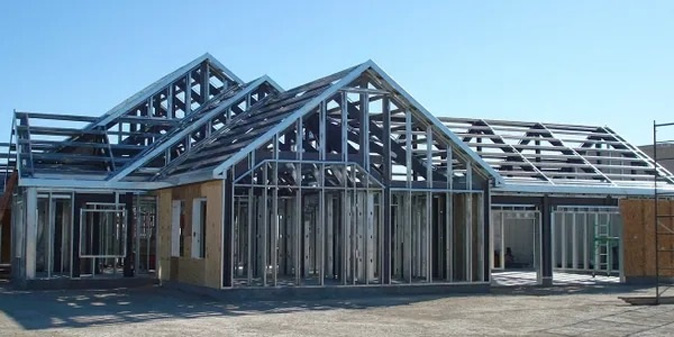The Growth of Modular Construction in 2021 and What That Means for Real Estate
Like most industries, the construction sector experienced a whirlwind of changes in 2020. Real estate agents witnessed an increase in demand for single-family and multifamily homes and watched as the housing market experienced shortages. Construction leaders observed commercial priorities shift from the hospitality sector toward data centers and medical buildings. Demand was overwhelming, and building material costs skyrocketed as a result. The answer to dealing with these crises was an increase in modular construction.
Recognizing prefabricated buildings’ benefits will allow you to understand anticipated growth in 2021 and how it will impact real estate.
Addressing the Housing Shortage
There’s more demand than there are available properties. Today, there are fewer homes for sale than there have been in the last 40 years.
These statistics are likely to grow during 2021, but construction leaders and real estate developers can meet demands with prefabricated buildings.
This speedy method reduces waste while meeting needs faster than traditional builds. In short, using this system would help the housing market grow at an exponential rate while remaining relatively inexpensive for real estate developers. This streamlined process keeps operations running efficiently, keeping costs low. Modular construction procedures can accelerate project timelines by 20%-50%, which can greatly impact the industry.
Changes in Construction Priorities
Commercial construction has also experienced changes due to the pandemic. While the need for traditional office buildings, restaurants, and hotels has diminished, other sectors have flourished. Medical facilities, data centers, and fast-food restaurants are in high demand. However, project schedules and supply chain logistics have experienced significant setbacks.
As the economy continues to suffer from the pandemic, financing for construction projects is lost or reallocated. Many experts have recognized these trends and decided it’s time to reprioritize their businesses. If they hope to survive this crisis, they’ll need to make adjustments for labor shortages, material cost increases, and a push for greener products and services. For many, this means looking at technology to fill the gaps and increase worker safety.
How Modular Construction Can Fill the Gap
Modular construction methods are the answer to many of these changing trends. Business professionals and construction leaders should expect to see these processes increasing in popularity as they bridge the construction gap to meet demands. The ability to customize the structure while keeping the process green, under budget, on schedule and consistent will draw a lot of support.
Customizations
Modular construction makes sense when building a high number of similar structures. However, much like car manufacturing, customers can still customize designs to fit their needs. This is useful for everyone in the industry, as it allows professionals to meet a greater number of contracts. More specifically, developers can feel confident that their buildings will feel unique rather than cookie-cutter — if that’s their goal.
Green Methods
How much would the construction industry’s environmental footprint decrease if each operation functioned at maximum efficiency with minimum waste? Building in a factory under controlled conditions makes it easy for leaders to provide consistent quality and results. Fewer materials will go to waste from mismanagement or bad weather. With less waste, the process instantly becomes more efficient and eco-friendly. Additionally, manufactured buildings typically have lower energy bills month-to-month than traditional stick-built properties. This process is a boon if energy efficiency is an essential element for your customer.
Cost
With stable working conditions, factors like weather no longer impact a modular building’s construction timeline. Outside of the short assembly period on-site, all other construction will take place inside a factory.
These standardized working conditions help to keep employees safe, projects on schedule and costs low.
Consistency
Every business owner should want to boast that they have superior product control and produce excellent results. Modular construction makes that possible by controlling the environment. Professionals follow the same methods with each project. Everything is closely monitored and follows stringent quality assurance procedures.
Before the product is shipped, it’s examined by a third-party inspector to ensure everything meets state building codes. Unlike traditional construction methods, modular buildings are free from the pests, mold and mildew that sometimes occur from building outside in poor weather conditions.
In 2021, professionals will see a growth in modular construction. As this industry expands, many processes will become automated to meet demand and compensate for labor shortages.
For more on modular and prefabricated structures, visit www.startus-steel.com

